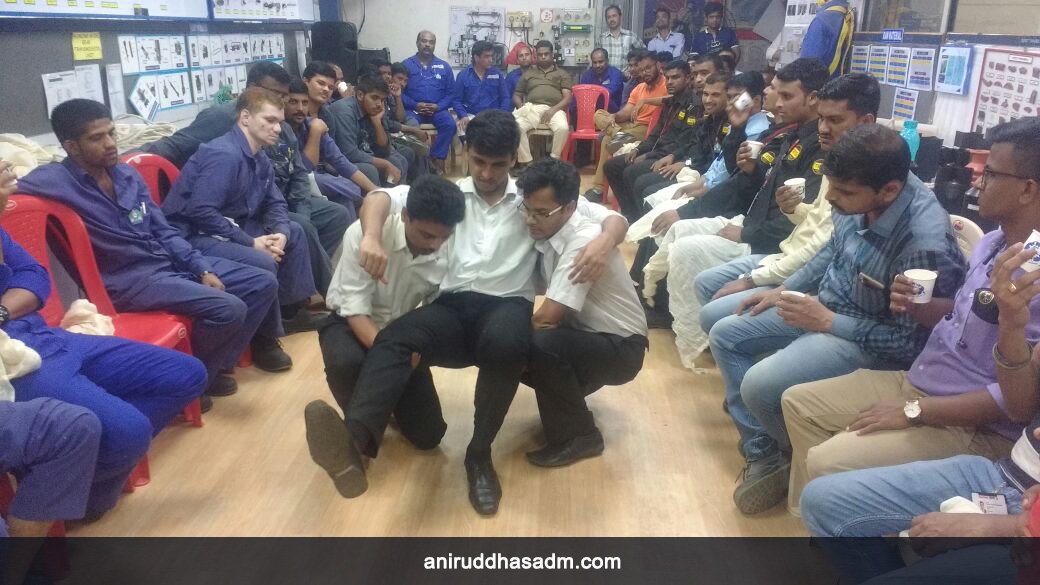
Corporates in every country have always played a major role in post-disaster relief, rehabilitation and reconstruction efforts. Corporate sectors offer human and financial resources in cases of disasters and also a precious technical know-how.
Course Objectives
The objective of the course would be as under:
- To create awareness amongst all the stakeholders of industry to provide support and impetus to reduce the impact and after-effects of disasters
- To promote adoption and integration of comprehensive disaster risk reduction and mitigation measures
- To link the trained personnel from corporates with the Disaster Management Teams
- To enhance linkages with the District Administration and other Emergency Support Functions (ESF) departments / agencies
Course Duration
- Two days of training, with 6 hours each day
Course Framework / Outline would be as follows:
Disaster and Disaster Management
- This subject includes the concept of Disaster Management and various stages of Disaster Management Cycle. This would help the participant to orient his / her mind to prevent, mitigate and respond to disasters.
- This would be followed by Man-made and Natural disasters such as earthquake, floods, fire and bomb blast etc. Do’s and Don’ts in such situations would be briefed.
First Aid and CPCR
- Basic first aid knowledge required would be discussed. Important subjects such as triage, basic principles of first aid, burns, bleeding, poisoning, electric shock, drowning, injuries, snake bite, hypothermia etc. and Cardio Pulmonary Cerebral Resuscitation (CPCR) would be discussed.
Basic Rescue Technique
- This subject is practical oriented and is a combination of lectures and demonstrations. The subject emphasizes use of available resources and manpower to carry out rescue operations such as use of rope to evacuate casualties from trapped locations, transportation of casualties by manual lifts or improvised stretchers, application of bandages to various injuries/ fractures etc. Basic response to disaster is also emphasized during the lecture.
Fire prevention, Mitigation and response
- Fire and its three essential elements of heat, fuel and oxygen would be discussed. Basic rules to prevent fire if noticed, how to report, restrict and extinguish it would be discussed. Uses of various fire fighting equipments and their limitations would also be included.
Mock drill
- Mock exercises are conducted which help in emphasizing the importance of all above subjects and their application in the existing work environment.
The benefits of the mock drill are:
1. To establish a common understanding to respond to a situation and help in allocating appropriate responsibilities to people
2. To develop confidence to respond to a given situation in a correct technical manner as a team
3. To reinforce the safety culture within the organisation
4. To make people more vigilant to avert disasters
5. This eventually has a far spread effect beyond working environment to respond to day to day disaster situations in a systematic and orderly manner
Course Faculty – Teaching and Support
- All the lecturers and support teams at these courses have cleared their basic course of AADM with success. Moreover care is generally taken to select active volunteers and who have actually participated in disaster situations so that they have a first hand experience of actual disaster management.
For sensitive parts of the course like CPCR only qualified, competent and practicing medical professionals are selected for conducting lectures.
Participant Eligibility Criteria
- Above 16 years of age
- Physically and mentally fit.
Evaluation and Assessment
- There is no separate assessment conducted for government employees. During the routine conduct of the program itself, assessments are based on mock drills for the practical evaluations and table top exercises for theoretical evaluations.
